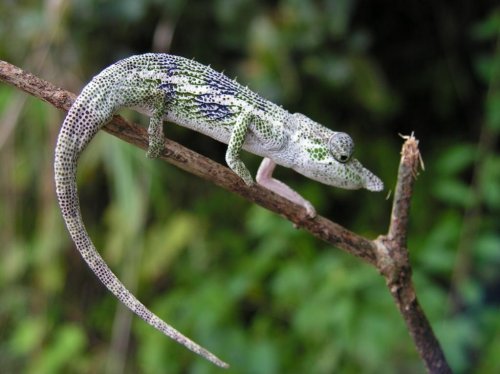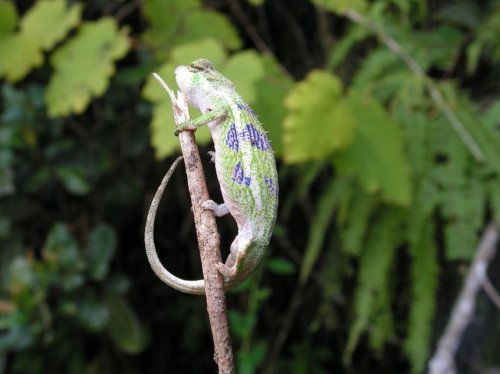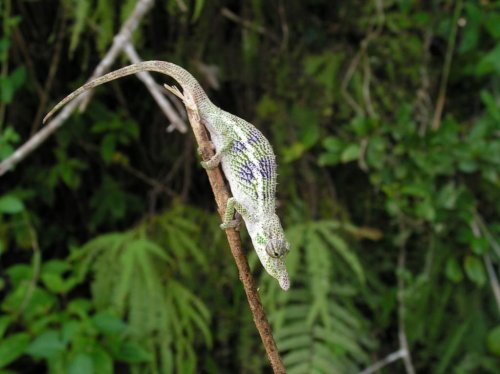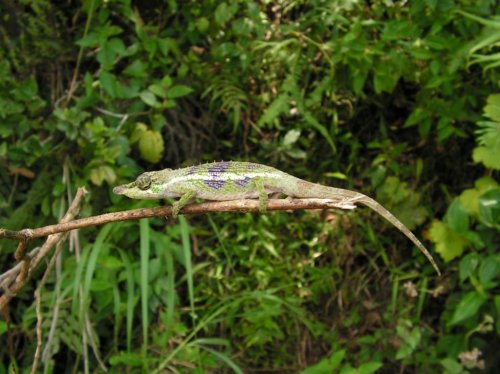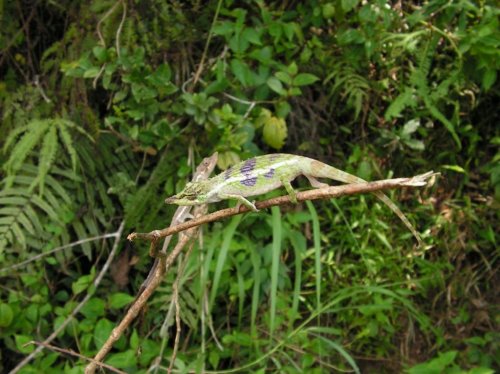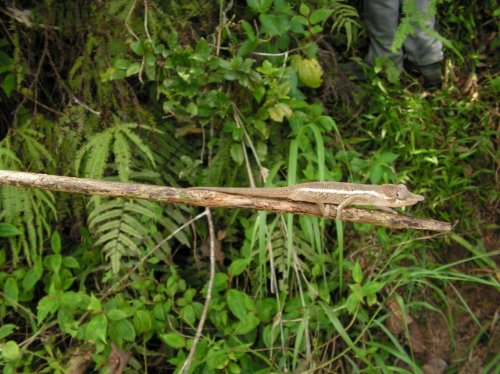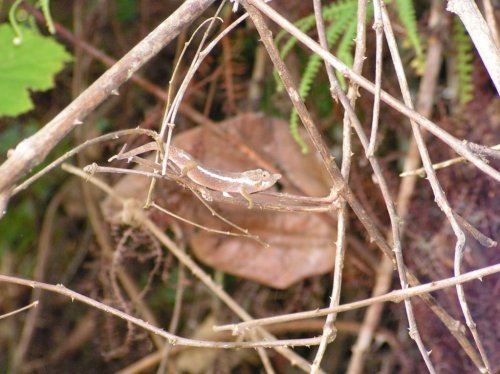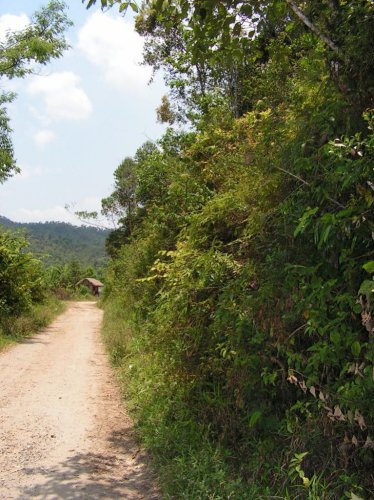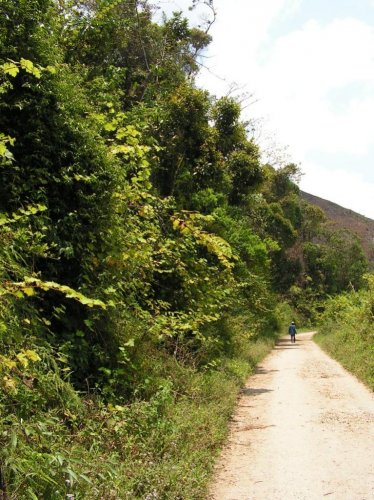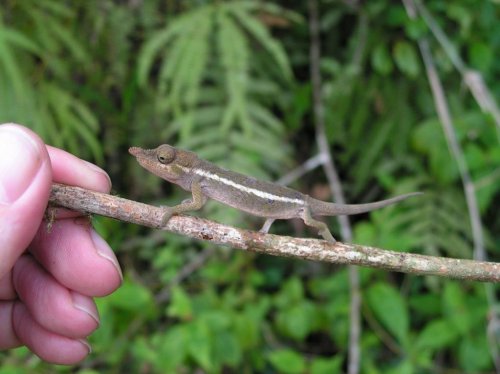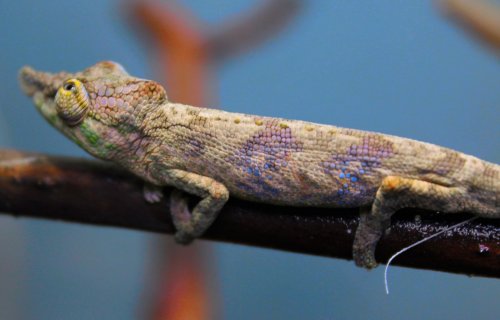rantotro
Established Member
An information for keepers of this rare species.
Found 750m over sea level at the shadow side of a mountain near Andasibe.
Don't heat the eggs more than 22°C. It's the maximum I think.
Air temperature not over 29°C for the adults.
Kind regards
Andreas
Found 750m over sea level at the shadow side of a mountain near Andasibe.
Don't heat the eggs more than 22°C. It's the maximum I think.
Air temperature not over 29°C for the adults.
Kind regards
Andreas

